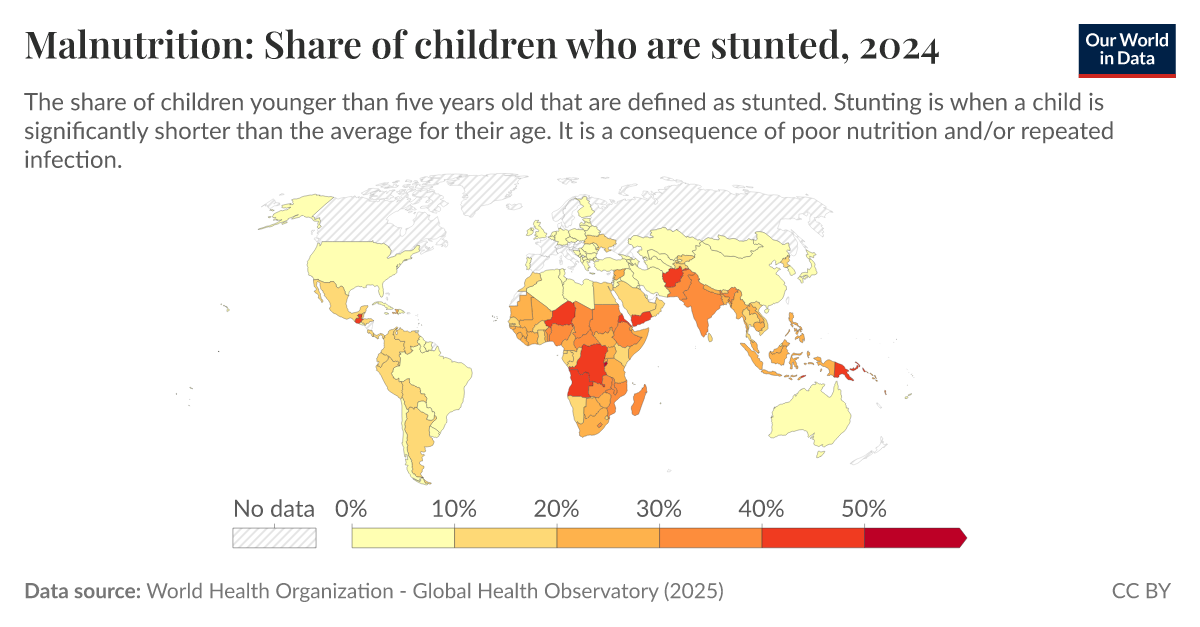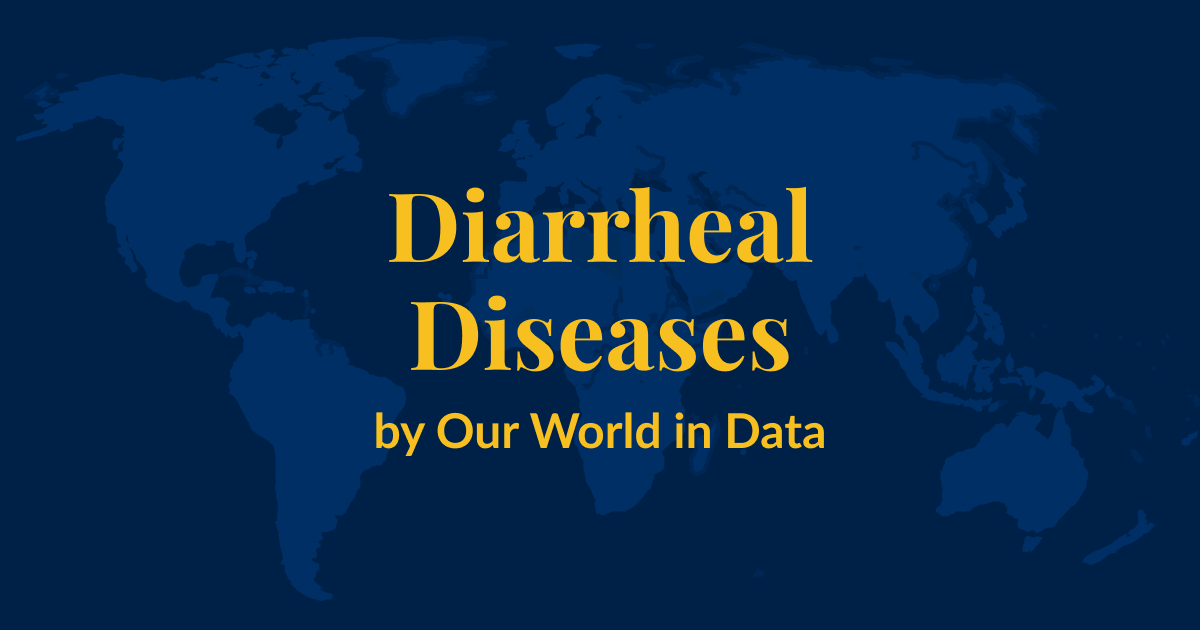Malnutrition: Share of children who are stunted - Our World in Data
The share of children younger than five years old that are defined as stunted. Stunting is when a child is significantly shorter than the average for their age. It is a consequence of poor nutrition and/or repeated infection.| Our World in Data



